|
Interview with Dick Lumaghi By Jessica Rath “The Abiquiú What?”, you may ask, if you’ve moved here after 2007. Some other readers may fondly remember classes they took with Dick Lumaghi at his pottery studio. I was one of those fortunate people and still have bowls, tea pots, plates, vases, and other things I made under Dick’s skillful guidance. I absolutely loved the feeling of centering the clay: you kick the wheel to get it spinning at a comfortable speed (or you’d switch an electric wheel on; Dick had several of both), throw your cone of wedged clay in the center of the spinning wheel, wet your hands, place them on the sides of the clay, and squeeze inwards. The clay is wobbly at first and it’s a fine line between applying too much pressure (which may throw the clay off the wheel) and not enough – it just keeps wobbling. When the center of the clay somehow fuses with your own center, and the clay’s transformation syncs harmoniously with your movements: out of this world. Because of family and health reasons, Dick and his wife Bonnie moved to California in 2007. They divide their time between San Francisco, where they have an apartment in North Beach, and Potter Valley in Mendocino County. What’s he up to these days? I was curious and scheduled a Zoom interview. He was happy to re-connect with Abiquiú News’ readership. We started with a bit of background: Dick actually used to live in California before he moved to Abiquiú in 1993. He was a philosophy professor at Dominican College in San Rafael. How did you get into pottery, I asked him. “Well, I was in my first semester of teaching and one of my students had just started taking up a pottery class,” Dick explained. “She sat me down at a pottery wheel, and I was just immediately hooked. So it became at first a hobby, but soon I spent three months of my summer vacation back at the school, making pots in the pot shop. I did that for ten years, and during that time, I built a pottery wheel and a kiln and set up a little studio at home in Marin County, where I was living. After ten years of teaching I took a year’s leave of absence. I tested the waters, and did just fine making pots, and I loved it. So I gave up a tenured position at the age of 40, and never looked back.” For about twelve years Dick had a full time pottery studio in San Rafael, and he began making plans to move to New Mexico. A friend owned some land in Abiquiú, and when Dick visited and saw it, he fell in love with it, bought the property and built his house. He moved in the winter of 1993 and started to establish his pottery studio, “Abiquiú Pottery”. I remembered that he had always been part of the Studio Tour, so I asked what year he joined. “I was right there at the beginning,” Dick told me. “I think the first one was in the fall of 94, and I was involved with it from the very beginning. It grew and grew and became just super popular. Towards my last years in Abiquiú I was often making more than a third of my yearly income on one weekend. It just got so big. It was a wonderful thing for me. After I moved to California I still returned for the studio tour, for about seven or eight years. I would rent the house out for nine months, work for two or three, and do the tour. But then I sort of got tired of going back and forth! I was 40 years old when I started with pottery. So by that time, I was in my 70s, and it was a lot of work, driving back and forth. So I concentrated on staying in California.” “Now I am still making pots,” Dick went on, “but I've slowed down considerably. When I left California in 1993 I had my clientele sales at home, and I was doing fairs and exhibits, and wholesaling. But since coming back, it's just basically been wholesaling. I sell to the Asian Art Museum in San Francisco, and to various little shops, but on the whole I'm scaling back.” I bet it's nice to slow down a bit, and what do you do with the rest of your time? I wanted to know. I learned something new when Dick answered: “Well, I had a second job since 1980 when my family was served by a Hospice Program, and I was so impressed with the care that we got from the Hospice people. I became a patient care volunteer, and I did that for ten years in the San Francisco area. Then I moved to Santa Barbara on the way to New Mexico, and I took a paid job with the Hospice in Santa Barbara, coordinating a bereavement program. I worked about twenty hours a week. When I moved to New Mexico and I was just starting the pottery, I needed more income at the front end, so I had an almost full time job with the Visiting Nurse Service Hospice based in Santa Fe, but I was at their Espanola office. I did that until I left in 2007.” “When I came back to California, I took a job with the Hospice in Ukiah, right near Potter Valley,” Dick continued. “I did that in a half-time position for five years, and now I'm more or less retired. But I keep myself plenty busy. During Covid I started reading a lot more, because I had nothing else to do – all of my suppliers had dried up. So I built what they call a ‘Tiny Library’, and it's on the side of our apartment here in North Beach. A lot of people walk by here, and they put things in the library and they take them out. So, my reading has gotten a lot more interesting. For instance, I discovered that there's an author called Virginia Woolf [he chuckles]. People have been saying for a hundred years that she's a great writer, but I didn't know that until I read her work. So, I'm reading a lot more and enjoying it.” My next question: Now that your life is divided between being in San Francisco and in Potter Valley, how much time do you spend in each location? “When we first arrived and I was doing more pottery, it was like three weeks up there and one week here,” Dick explained. “Now it's more like two weeks each way, or sometimes more here in San Francisco. Bonnie and I have developed a real social life here in the city, and in the country there's just not much of it. There's my friend who has the vineyard and there are a couple of neighbors, but it's really pretty quiet. When we walk our dog, there's only one other dog. When we walk our dog in San Francisco, there are fifty dogs! And there are all the cultural events, and restaurants here.” Did you have any trouble getting used to city life after Abiquiú, I wanted to know. “No, I took to it like a duck to water,” Dick answered. “Bonnie has pointed out that when I'm with people, I kind of light up and I'm more available. I think I'm actually happier. When I was working, I just worked, and pottery for me has always been a fairly quiet pursuit. I love music, and I think, in retrospect, it was a chance to listen to music all day long, music that I chose. One time I walked into my studio in Mill Valley and a young apprentice had put on some music, but I told him, No. I choose good music, and that’s that. So, I generally have a far richer life here in the city, going to bookstores, lectures, museums, movies, all this kind of stuff. And when I’m in Potter Valley my life is more isolated, but it's a beautiful valley, there’s great food, there’s lots of vegetables growing there, and they have a terrific Farmers’ Market. ” Did you ever visit your old College in San Rafael, did you ever go back there to see what it has become, I asked next. “Bonnie and I went once or twice when the fellow that replaced me gave some lectures there,” Dick replied. “But they're scaling back dramatically on the humanities, just like everywhere, about 70% of their students are business majors now. So it really changed. I thought about doing a pottery demonstration, but they had basically closed down the pottery studio where I learned and started." Dick continued: “I forgot to mention that as part of my retirement I give pottery demonstrations at a couple of senior centers, and also at colleges. There are two or three really big pottery studios in San Francisco, where lots of people are working. Pottery is kind of having a thing right now, it’s quite popular. Something funny happened recently: We live in a really quiet part of North Beach which is one of the entertainment centers in San Francisco, but we live in a very quiet corner of it. Somebody opened up a pastry shop just up the block from us, and it's hugely popular. It's run by a young woman, and she's very savvy with social media and Tiktok and Instagram. There's a line outside, sometimes with 200 or even 300 people wrapped around our apartment for two hours waiting to buy a $6 pastry. So I walked in there right after they opened and they have a little shelf with T-shirts and sweat clothes with their logo on it. And they had some machine-made pottery. So I asked the young woman whether she’d like to have some handmade pottery? She said, ‘Well, sure, let's try’. I started selling mugs and little espresso cups with saucers to her. About once every month or two I bring them a pot. I even made a little logo for them and she liked it so much, she got a tattoo with the logo!” “Bonnie and I have had a meditation practice for the whole time we've known one another, about 25 years or so,” Dick said, “and our meditation group here was live until Covid hit, and now it's on Zoom. So we sit with them every day, for five days a week. It's connected with the Zen Center in San Francisco, and I'm making pots for their gift store. They also have a place down in the country, the Tassahara Zen Center, and they also have a little gift shop. I like that connection of my life with my work. It's organic, it evolves from where you go and what you are involved with. It's not like some big order from somebody you don't know. It's all very kind of personal in a way.” Early on in his career Dick participated in a big fair organized by the American Crafts Council and got a huge order from Macy's for their famous store in New York. He sent 32 boxes of pottery to Macy's and it sold right away, so they ordered more. But he didn’t really like working with them, it was too impersonal, plus, they took two months to pay. So he didn’t continue. His step son-in-law, who became a potter after an internship with Dick and who lives in Asheville/North Carolina with his wife, just does wholesale work and loves it. It’s great that there are so many ways to do pottery, Dick said. Before he moved to Abiquiú Dick drove to about ten or twelve weekend shows a year, and he had two sales at home, that was enough. But once he was in Abiquiu, this rhythm changed somewhat. He had joined the San Francisco Potters Association, a juried, prestigious organization with high standards. They had one very successful sale a year, and Dick drove first to San Francisco and then to Palo Alto, after they moved the show there. It was worth the effort it took, loading up his station wagon and driving all the way to California and back, and he continued with this one show for about ten years. “Everything about pottery is hard,” Dick reminisced. “Setting up a 10 by 10 foot booth at a fair took me at least three hours. I used to look with longing at the booth next to me which was empty until 15 minutes before the beginning of the fair. A guy would show up with a folding table, a folding chair and a briefcase. He’d open up the briefcase and sit there and make lots of money, he was selling silver jewelry. And I thought, I should have done that… But then one day he got held up at gunpoint at the end of the fair. The guy with the gun took his money and his jewelry. And I thought, nobody has ever held up a potter, ‘Hand me that tea pot or I’ll shoot you!’, so I'm going to keep being a potter.” It certainly doesn’t sound boring – what an exciting memory! Dick added how fondly he thinks of his time in Abiquiú. “I greatly appreciate the people I've met and came to love in Abiquiú, my classes and all my neighbors. It was a wonderful experience. Our home there is now for sale, and it's under contract. So I think this interview is a bittersweet goodbye to Abiquiú, particularly to the Bondys and their wonderful newsletter.” Dick sent an email to add the following: “You asked a question in the interview concerning how one aspect of my life has affected or connected with another. I mentioned the pottery connection I’ve made with my meditation practice. A further “meeting” of aspects of my careers would be this: In my teaching, I was most drawn to the interdisciplinary mode of teaching the Humanities. In retrospect, my pottery life was a rather solitary pursuit: I always had helpers or apprentices, never any real collaboration in the actual making of pots. In my Hospice career, however, it was the interdisciplinary format of Hospice care that drew me from the beginning—how rewarding it was to work closely with nurses, aides, social workers, volunteers, chaplains, etc. in a mutually supportive atmosphere of compassionate professionalism. That really sustained me over the years as a healthy counterbalance to the alone time in the studio. I’m remembering as I write this that in addition to working with Hospice in Espanola, I also taught for a few years at the Elizabeth Kubler Ross Hospice Training Institute at the College in El Rito—a great experience with students from around the country and Europe. Looking back at the arc of my work life, then, I see that Hospice enabled me to ground the important concerns of Philosophy in the actual practice of working with people and their helpers at a significant time in anyone’s life, the end of life. Hospice remains the only community service work I have ever done—(I don’t count my 3 years in the military as really a service freely given: The draft was on and my ‘service’ was, frankly, compelled, not voluntary).” I want to thank Dick for this interview; I bet his former students as well as the neighbors and many friends he and Bonnie had here in Abiquiú enjoy hearing from him and learning what he’s doing these days. If, however, you’ve never heard of Dick Lumaghi, you just may have wondered forever what the life of a potter is all about. Well, now you know!
You may find Dick Lumaghi’s beautiful and functional pottery ware at Nest Gallery in Barranca.
1 Comment
Katy Blanchard
10/3/2025 04:00:18 pm
We have two of Dick’s steamers and I use them almost daily. I love giving them as wedding presents which I have done many times. And, of course, we have many bowls that Rick made in Dick’s classes. You are missed Dick!
Reply
Your comment will be posted after it is approved.
Leave a Reply. |
Submit your ideas for local feature articles
Profiles Gardening Recipes Observations Birding Essays Hiking AuthorsYou! Archives
October 2025
Categories
All
|
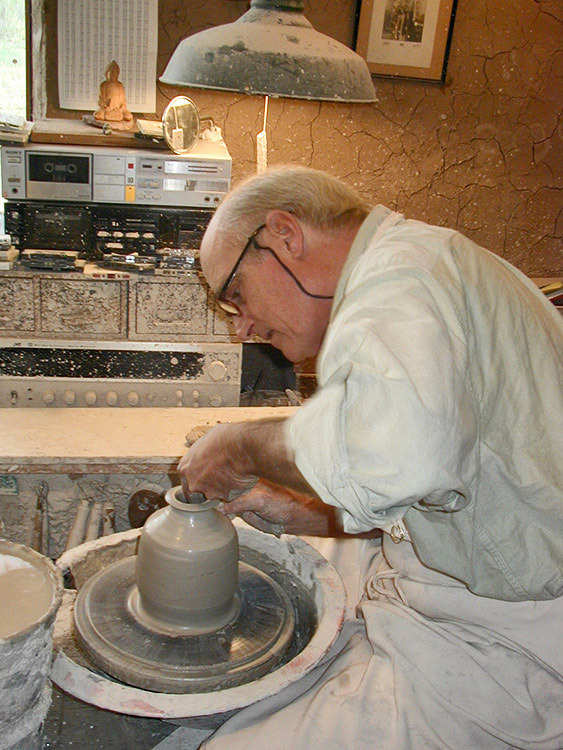
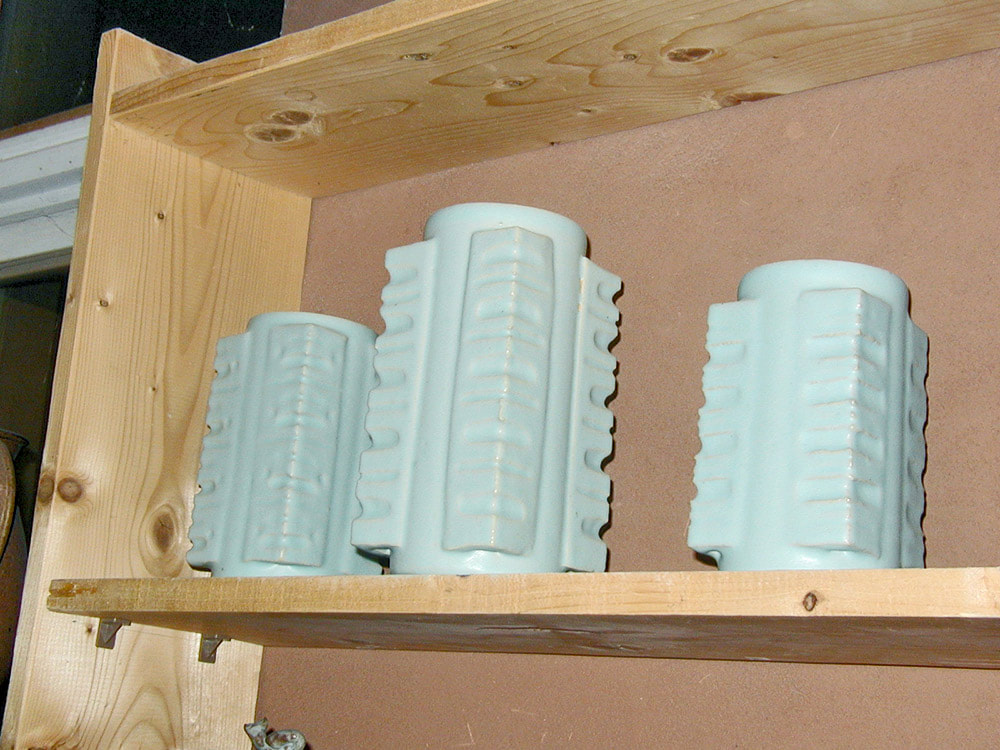
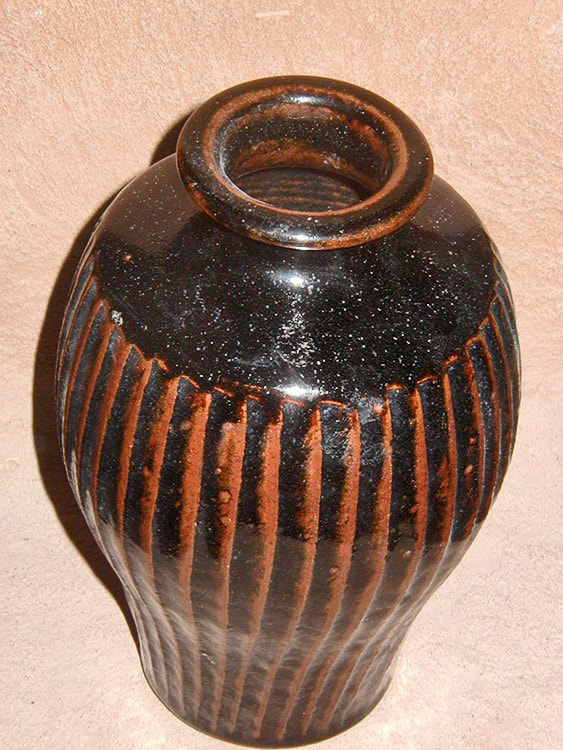
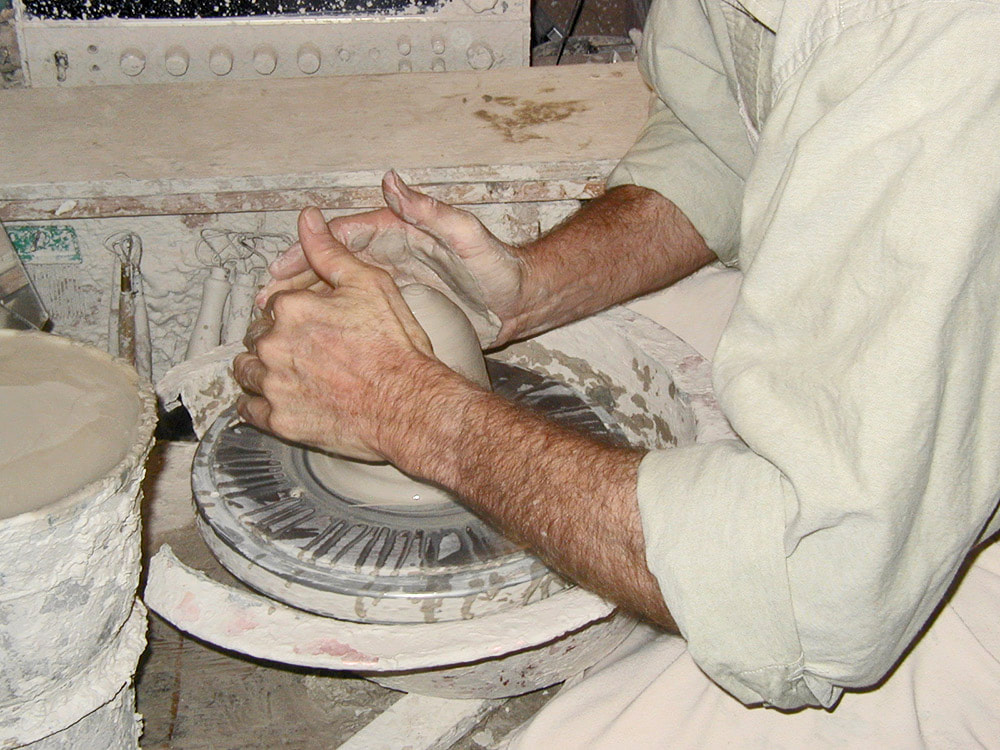
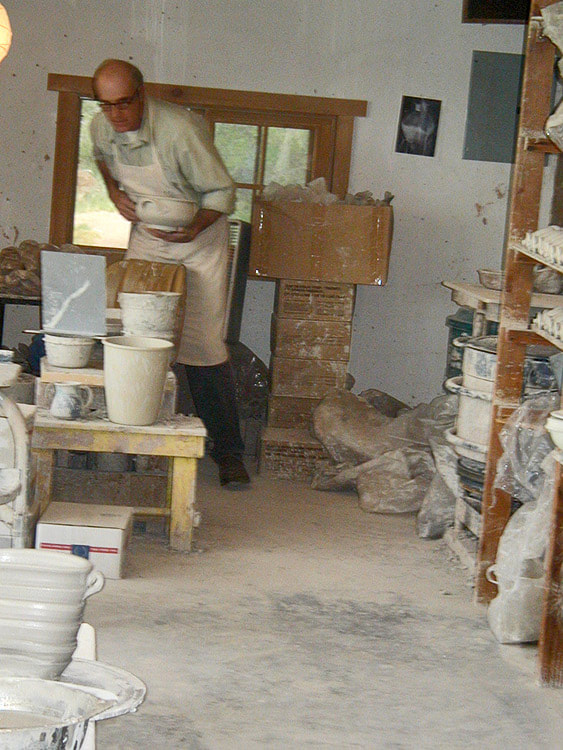
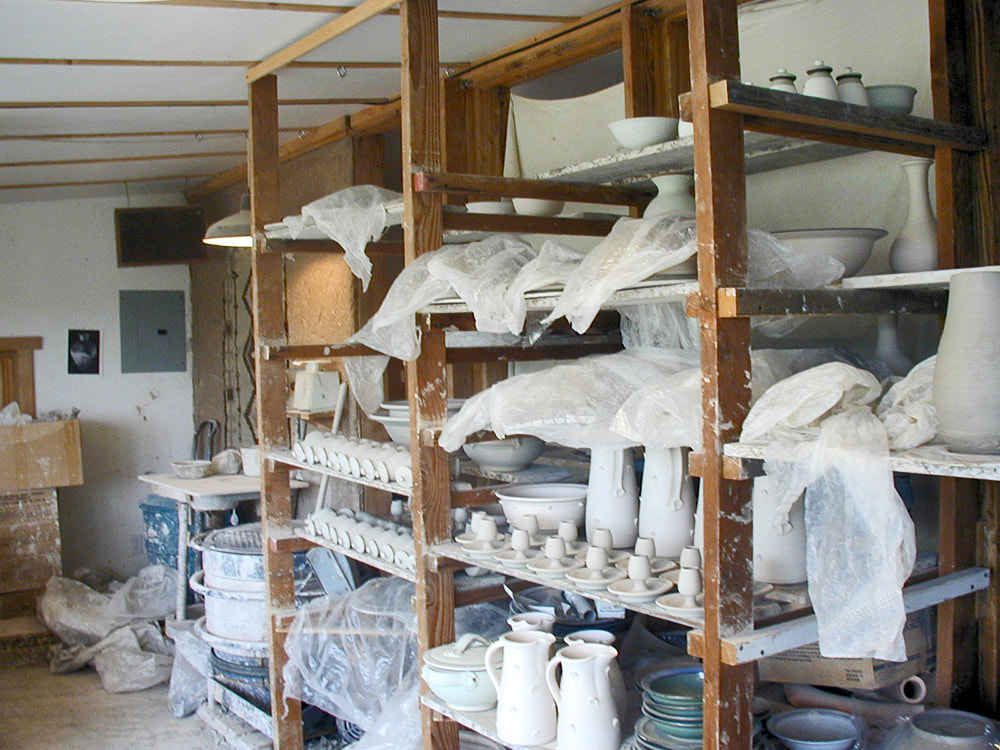
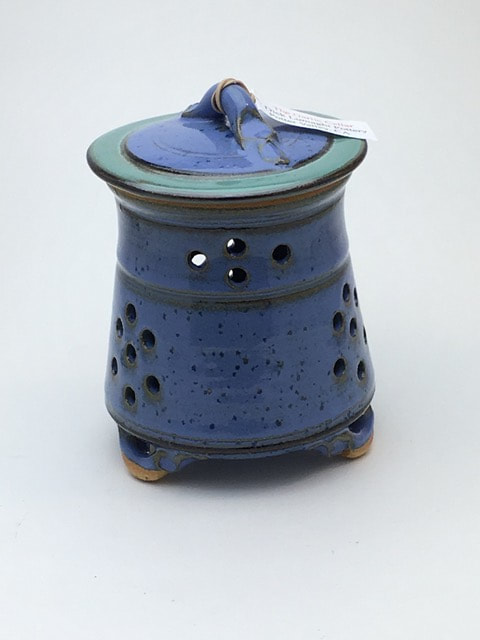
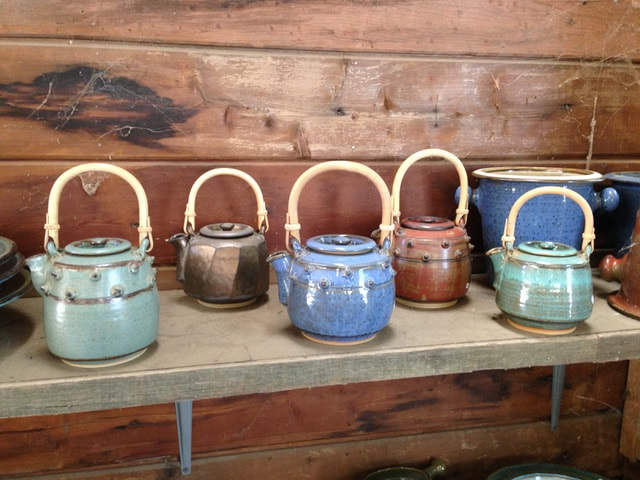
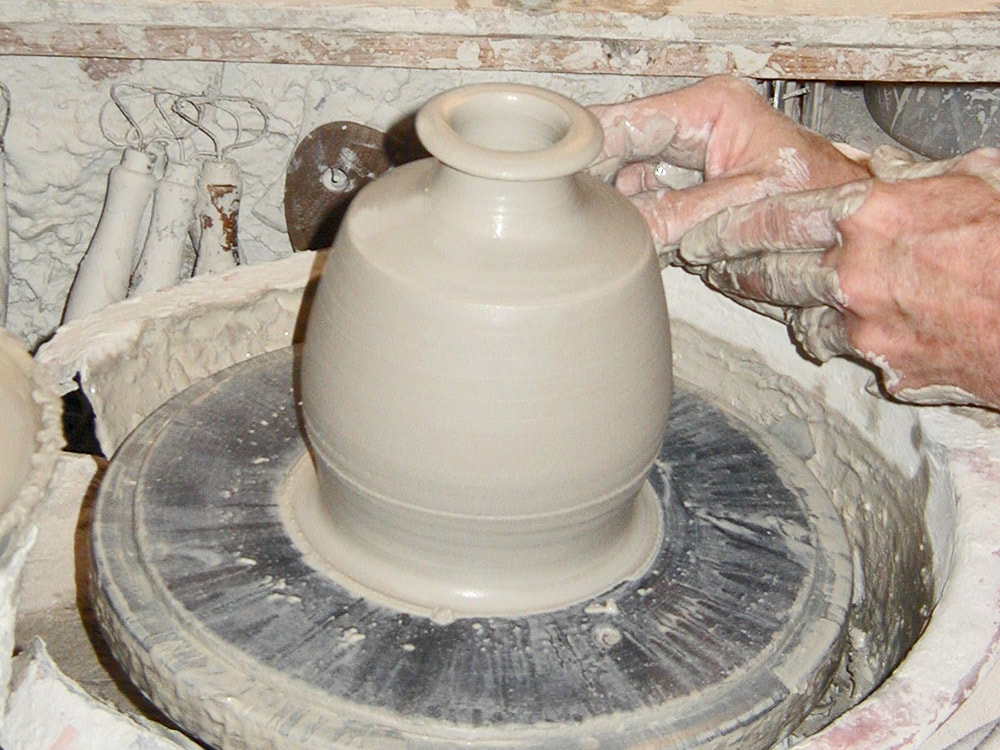
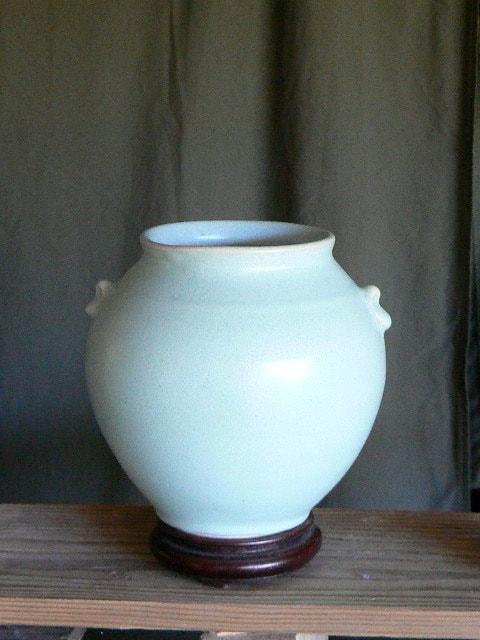
 RSS Feed
RSS Feed